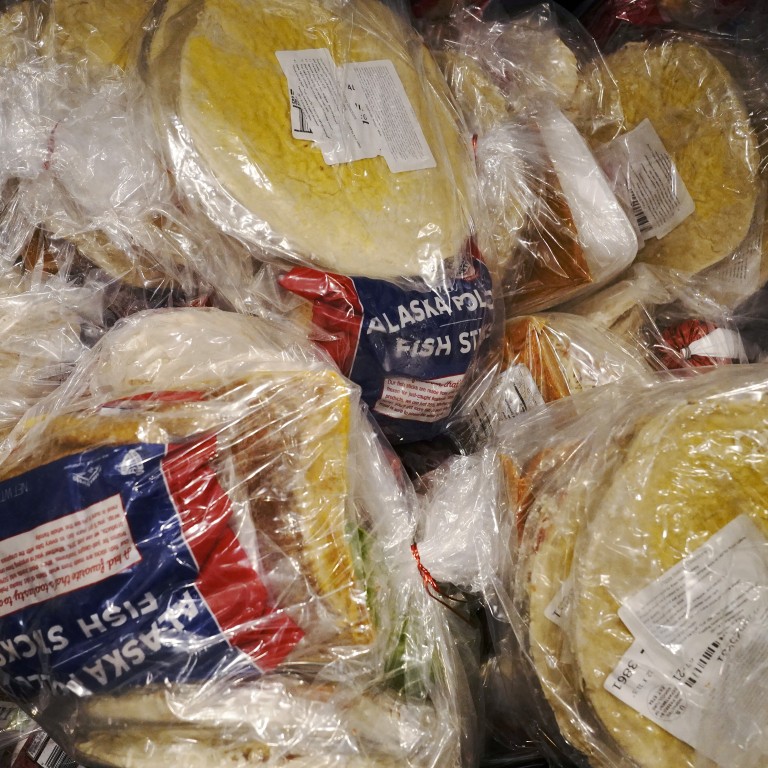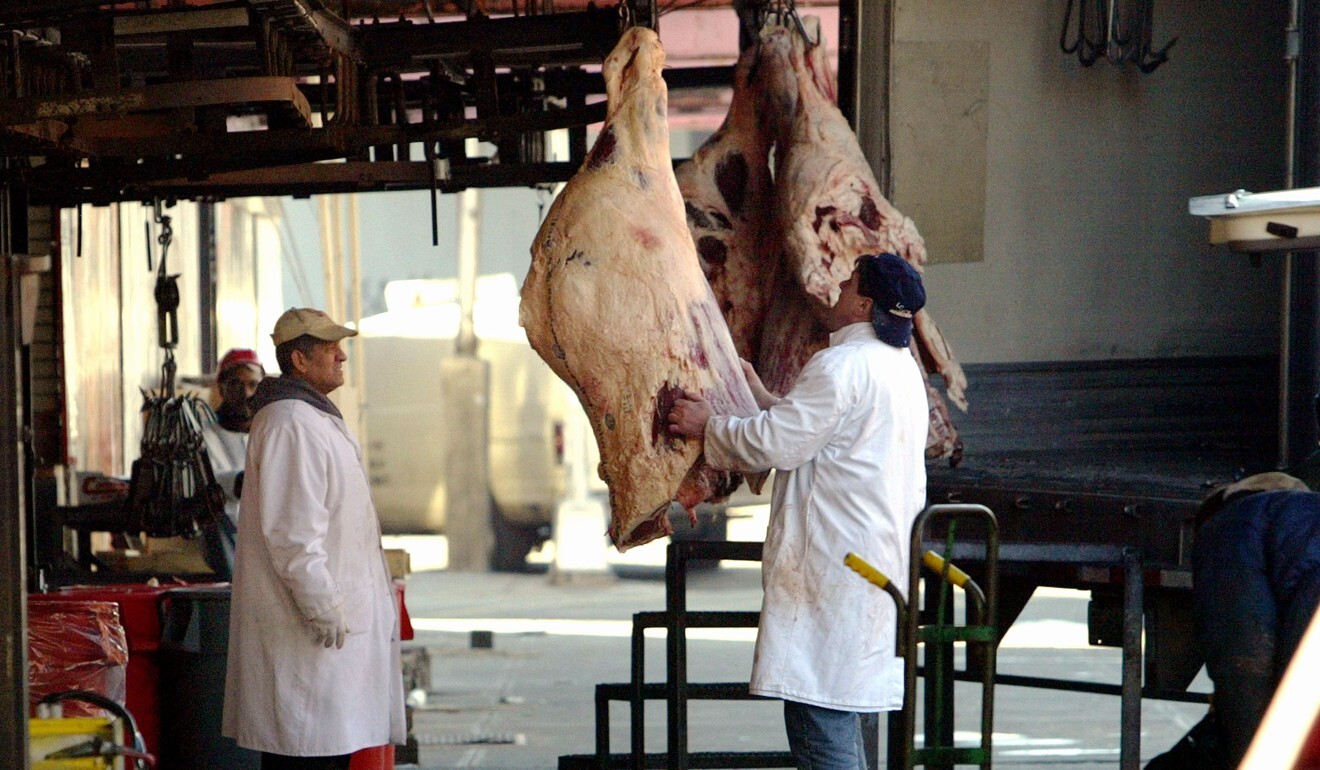
Coronavirus ‘hitching a ride on food’ to spread around world, Singapore scientist says
- While it remains a ‘freakish’ event, the global food trade’s scale means transmission will occur, said infectious disease specialist Dale Fisher
- The theory has been played down by the World Health Organization and some Western nations – though China has been vocal about it for months
It is possible that contaminated food imports can transfer the virus to workers as well as the environment, said Dale Fisher, an infectious diseases doctor at Singapore’s National University Hospital. Frozen-food markets are thought to be one harbour in the first part of a chain of transmission, he added.
Living coronavirus samples found on frozen food packaging in Qingdao
“It’s hitching a ride on the food, infecting the first person that opens the box,” Fisher, who also chairs the Global Outbreak Alert and Response Network, said in an interview. “It’s not to be confused with supermarket shelves getting infected. It’s really at the marketplace, before there’s been a lot of dilution.”
A lot of people may be against this because they don’t want to scare the world – the food could be a source
While such transmission remains a “freakish” event, the scale of the global food trade is such that it will occur a few times out of millions of imports and exports, said Fisher.
Outside China, where authorities are increasingly weighing in the possibility that the virus can be carried and transmitted via food packaging, the theory is barely mentioned or discussed. Fisher is one of the few international experts who studies the seeding of outbreaks in contaminated fresh and frozen food.
“There’s two schools of thought and the minority view which I adhere to is that there’s a lot of circumstantial evidence,” Fisher said. “A lot of people may be against this because they don’t want to scare the world – the food could be a source.”

Experiments done by Fisher’s team show the coronavirus could survive in the time and temperatures associated with transportation and storage conditions used in the international food trade. The study published in August showed no weakening of the infectious virus after 21 days at standard food refrigeration and freezing temperatures when the pathogen was added to samples of chicken, salmon and pork.
The fact that the virus tends to thrive in cold and dry environments has made cold-storage facilities ideal spaces for the pathogen to spread. Meatpacking plants and abattoirs, instead of schools and churches, are more likely to be hotspots for Covid-19 outbreaks, according to Fisher.
“It’s because there’s a lot of stainless steel, which it grows on,” he said. “It’s cold, it’s crowded – it’s noisy so the people have to yell.”

03:05
Global coronavirus cases pass 40 million mark as infection rates rebound in the US and Europe
Are fears over catching coronavirus from imported frozen food justified?
Fisher argued the reason Asian countries are more likely to find evidence of food and packaging transmission is thanks to the now contained nature of outbreaks in many of those countries, unlike those in the West now battling a second wave of infections.
“You’d never pick it up in the US or in Europe because you only pick it up if you go from zero cases for 100 days, and then have a small cluster,” he said. “You say, well how did this small cluster start?”
To prevent this, food production companies need to ensure workers are vigilant on mask-wearing, hand-washing and regular sanitisation of surfaces and utensils.
“And you need to make sure that all these outbreaks in meat processing plants stop,” he said.

